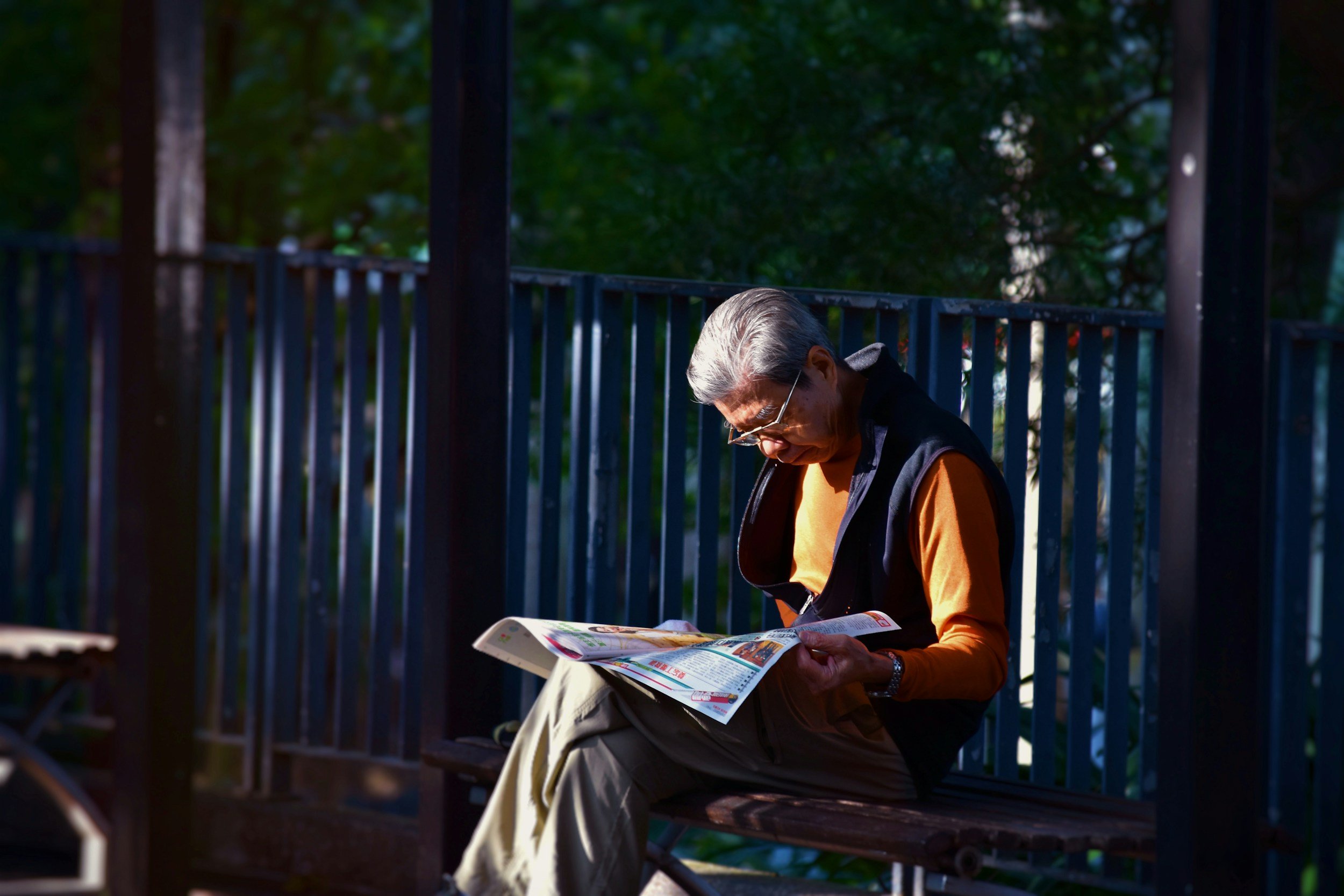
Age and Ageing in
the Hare Krishna Movement
What is ageism?
“Old folks are out of touch.”
“Kids these days don’t know how to work hard.”
These are two examples of ageism that you might have heard or even said yourself. The World Health Organization shares this definition of the term:
“Ageism is prejudice or discrimination against people based on their age. It typically applies to people who are older but can also affect young people.”
Ageism, and its parallel term “youngism”, refer to both systemic and individualistic bias against individuals or groups of people due to age. It happens through the formation of beliefs about a person’s abilities and/or cognition that can, and often does, lead to actions taken implicitly or explicitly against someone because of their age.
Ageism in ISKCON
In ISKCON, we can see examples of both ageism and youngism in the following situations.
Temples or centers may not be set up to accommodate the changing needs of aging devotees such as ensuring that ashrams and restrooms are accessible without the use of stairs, or that mobility, hearing, and sight issues may make attending programs or performing services more challenging.
On the flip side, we often see senior devotees apply the term "youth" to people who span multiple generations, from 13 year olds to 35 year olds. This misapplication and broad use of the term can diminish the abilities and skills of younger devotees and prevent them from taking on leadership roles and making independent decisions that could bring new insight.
While the majority of studies of ageism look at systems of bias against older people, there are also studies looking at bias against young people or younger generations sometimes called “youngism”. Ageism creates harmful systems that have also shown to lead to poor health outcomes due to these assumptions.
Is there any harm to ageism?
In addition to physical health issues that can arise from ageism, it can also negatively affect an individual’s mental health and social interactions. A recent study has also shown that ageism shows up as an additional form of discrimination in the workplace against women; and women of color, in particular.
Ageism and accessibility
Ageism ties directly into accessibility awareness and the disability community as well, which everyone will eventually join. The same needs that people in the disability community have around accessibility, aging people will also need as time progresses.
Notes on Aging: In conversation with a senior devotee
Bali Maharaja das, (80 years)
June 5, 2021
As devotees age, their needs change. How can administrators be aware of the shifting needs.
Devotees that joined in middle age thirty years ago are now senior citizens, devotees that joined in their twenties will have different needs when they hit their middle age.
Amplification for the morning classes and Sunday class so that people that are hard of hearing, or are losing their hearing, can stay engaged. Older people may stop attending classes for this reason.
Buildings with stairs are going to be a challenge as devotees age.
Senior citizen housing created on one level.
Walking paths to encourage mobility, activity and exercise.
Benches so that people can rest at intervals while walking.
Older devotees also feel the cold more intensely.
Roads and pathways should be tarred and smooth, with changes in elevation clearly marked to prevent falls and aid wheelchair access.
RESOURCES
What is ageism, and how does it affect health?
Medical News Today
Ageism and age discrimination
(fact sheet)
Ontario Human Rights Commission
Women Under 40 Are Facing This Type Of Discrimination — And It’s Total B.S.
HuffPost



